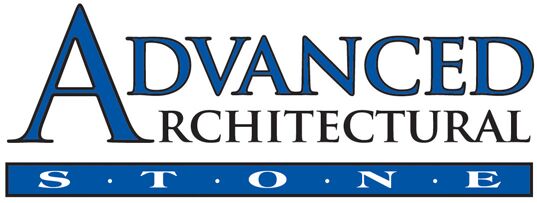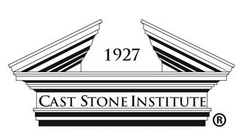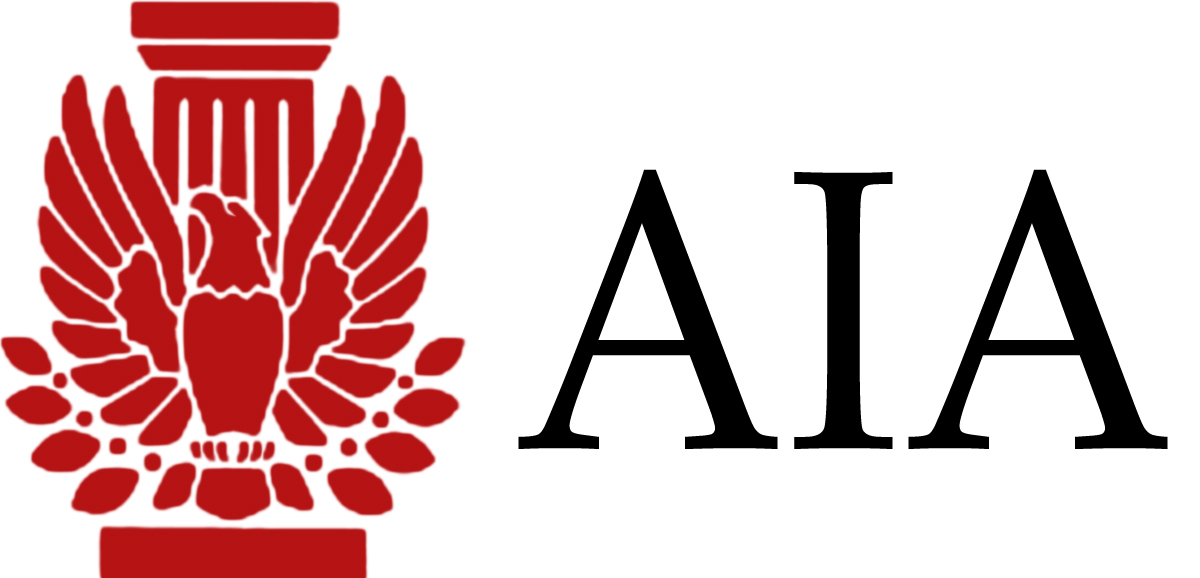AAS Products: Q & A
Q1: What are the different stone products do you offer?
A: Advanced Architectural Stone (AAS) can provide four different types of architectural cast stone product materials:
- Dry (vibrant-tamp) Cast Stone
- Wet-pour Architectural Precast Concrete
- Architectural GFRC (Glass Fiber Reinforced Concrete)
- Glass Fiber Reinforced Gypsum (GFRG)
AAS can be a single source manufacturer for all the manufactured stone you need for a project. Customers have options and flexibility to combine different product applications as well.
Q2: Where can I download product specifications?
This Downloads page on the website also has links for specifications as well as technical data and product certifications.
Q3: How do I compare different architectural cast stone products from AAS?
A: See this product comparison guide.
This article explains how to select the right products for a project.
In case of more questions about this, you are welcome to submit our request support form.
Q4: How do I decide what is the right product to use for my project?
A: Refer to this blog post for the product selection overview.
In case of questions about your specific project, you are welcome to send your project details to our customer projects team using the request support form. They would be happy to understand the project requirements and provide recommendations for using the right product(s).
Q5: Is it possible to combine different product materials for a project?
A: Yes, customers have options to combine different products while maintaining a consistent look and feel. For example, wet-pour architectural precast can be used for load-bearing structural stone applications while dry (vibrant-tamped) cast stone is used for intricate shapes with stringent tolerance requirements, and GFRC (Glass Fiber Reinforced Concrete) for higher elevations where less weight of stone panels can simplify structural engineering and construction process.
See project examples for combined stone applications in this case study.
Q6: Do you offer a warranty on your products?
A: Yes, AAS offers a 1-year standard warranty on products.
Once installed, the architectural cast stone products last for decades.
Q7: What are the sizes available for the stone pieces?
A: Dry-tamp stone panels can be 8 ft. in length. It also depends on the thickness of the panel. Typically, the length should be up to 15 times the width of the stone piece. So for example, for a 2″ wide panel, it can be up to 30″, or 2.5 ft. long.
The AAS team has an extensive track record for fabricating very large size pieces with complex shapes as well. Project examples:
With wet-pour precast concrete and GFRC products, there is more flexibility with the size of individual pieces.
Q8: What are the available options for stone shapes?
A: Advanced Architectural Stone (AAS) specializes in customizing stone panels as required by the project. Customers can get stone pieces in virtually any shape they need. Click on this blog post link to learn more about technology, as well as project examples of stone pieces fabricated using custom molds.
AAS also has a large inventory of molds for the standard product catalog items.
In case of specific questions about your project requirements, please complete the request support form, and our team will be in touch with you shortly.
Q9: What are my options for stone color and texture?
A: Refer to this color charts page to see the standard color and texture options.
With control samples, the AAS team can match virtually any custom color. See this case study with several project examples where AAS provided stone pieces in project-specific custom colors & textures.
As required, Advanced Architectural Stone (AAS) is able to combine different stone material applications as well while maintaining consistent look and feel.
Q10: What is the best method to install the stone? Do you provide installation training?
A: Download installation guides, learn more about the installation of architectural stone products on this page (click here).
Q11: How much spacing do we need to keep between the stone panels and the wall?
A: Normally, 1.5″ to 2″ spacing between the wall and stone is enough. For specific project requirements, the AAS team works closely with customers to confirm engineering details, as well as design feasibility.
Q12: What are the maintenance requirements for the different products that you offer?
A: The architectural cast stone products from AAS are maintenance free once installed. It is recommended to use sealant after installing the stone.
Depending upon the weather conditions, pressure washing the stone periodically can be helpful in maintaining the original look and finish of the stone.
Q13: Can you match the specific custom color that my project needs?
A: Yes, with a control sample, AAS is able to match virtually any custom color using the in-house color lab.
Q14: Can I get stone pieces in complex shapes and still fit them seamlessly without intrusive connection details?
A: Yes, AAS uses CNC technology to develop custom molds as required for the project. With this, the team is able to match stringent tolerance requirements for manufactured stone panels with any complex shape. See project examples and case studies in this blog post.
The AAS team has expertise and also bandwidth to review CAD drawing details with customers early in the project lifecycle. The team has extensive experience and track record in detailing engineering connections to hang the stone pieces. While working closely with architect, contractor and installer of the project, the AAS team is able to confirm design feasibility to match designer’s intended aesthetic appeal without visually intrusive connection details.
With the AAS system and project specific manufacturing methodology, customers have unparalleled design freedom to develop stone applications.
Q15: My project involves use of highly creative, intricate art work. Can I achieve that using fabricated stone?
A: Yes, the AAS team has achieved creative art work for a number of projects:
- Project example: Sundance Palace Theater
- Projects case study blog post: Complex shapes, intricate art work using custom mold making
- Roman head design for a commercial building
- Creative stone leaf design for Grapevine Convention Center
If you have specific creative design vision for your project, complete our form to request support, and we will in touch with you right away.
Q16: What is your process to customize stone manufacturing for a specific construction project?
A: The AAS team works closely with customers during all phases of a construction project:
- Design review, assist using CAD drawings
- Specification of engineering details for attaching the stone
- Fabrication of custom molds
- Customizing manufacturing schedule
- Stone panels manufacturing
- Installation training, onsite problem solving, etc.
Q17: What do you have in place to ensure consistently high product quality?
A: The AAS team has the required bandwidth, as well methodology to ensure product quality while working closely with customers.
> LEARN MORE: The AAS System for Product Quality.
> PROJECT SPECIFIC MANUFACTURING: Design & engineering process, custom fabrication
Q18: Do you provide assistance with construction planning?
A: Yes,the manufacturing schedule is matched with construction milestones. With project specific focus, AAS is able to stage and sequence delivery of the stone panels. This simplifies managing required space to hold the stone panels at the construction site.
Customers also get detailed settings plan that helps them identify placement of individual stone pieces. With detailed labeling and fully automated tracking system, customers have ability to track every single stone piece used in the project.
> VIDEO BLOG POST: Fabrication coordination, sequencing simplify construction planning
Q19: I need to manage space on my construction site very tightly. What can I do to keep holding space requirement for manufactured stone panels to a minimum?
A: Talk to AAS project team during the planning phase. The AAS team has the system and required bandwidth to fabricate the stone panels in batches matching with the construction milestones.
AAS is able to sequence and stage the manufactured stone to deliver the stone just in time, simplifying the construction site space planning.
Q20: How can I track individual stone pieces to be installed on the site?
A: Advanced Architectural Stone (AAS) provides detailed settings plan to identify placement of every single stone piece used for a project. AAS uses fully automated system to carefully manage and track the project specific architectural cast stone panels.
The AAS team is able to provide this tracking support even while combining different architectural cast stone product materials such as dry vibrant-tamp cast stone, wet-pour precast concrete, and architectural GFRC.
Q21: Do you help with onsite troubleshooting?
A: Yes, AAS has customer project support team that can help with onside troubleshooting.
Learn more about customer support in the SMU Simmons Hall project case study.




